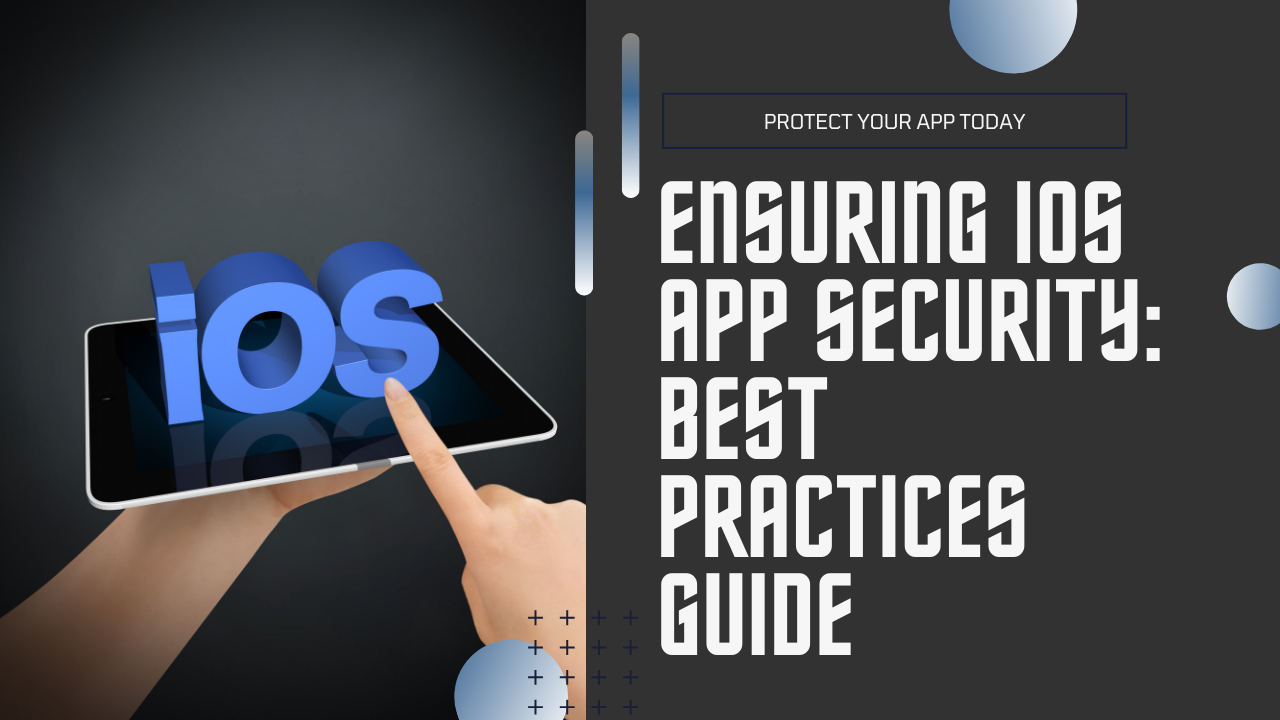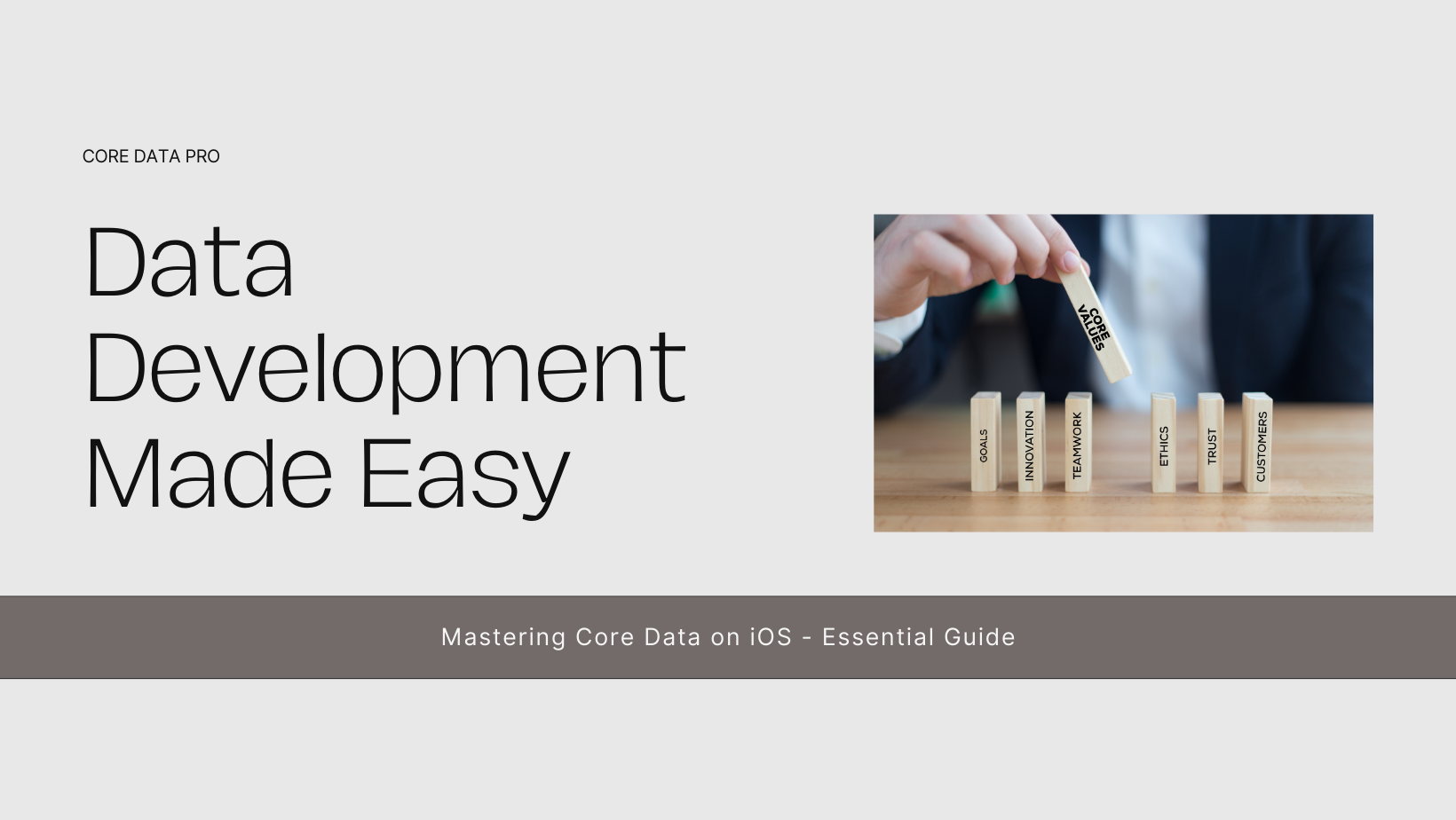In today’s digital landscape, ensuring the security of mobile applications is paramount. iOS app developers face unique challenges and opportunities when it comes to protecting user data and maintaining the integrity of their applications. This blog explores the best practices for iOS app security, covering essential strategies and techniques to safeguard user information and enhance overall app security.
Importance of iOS App Security
iOS devices are widely known for their strong security features and robust architecture. However, the security landscape is constantly evolving, and developers must stay vigilant to protect against emerging threats. A secure iOS app not only protects user data but also enhances user trust and satisfaction, which are crucial for app success and longevity.
Best Practices for iOS App Security
- Secure Code Practices:
- Use Secure APIs: Utilize Apple’s recommended APIs and frameworks for handling sensitive data, such as Keychain Services for secure storage and encryption.
- Input Validation: Implement strict input validation to prevent common vulnerabilities like SQL injection and cross-site scripting (XSS) attacks.
- Avoid Hardcoding Credentials: Never hardcode sensitive information like passwords or API keys directly into the app’s code. Instead, use secure storage options provided by iOS.
- Data Encryption:
- Use AES Encryption: Encrypt sensitive data both at rest and in transit using Advanced Encryption Standard (AES) with strong key management practices.
- Secure Data Transmission: Always use secure communication channels such as HTTPS/TLS for transmitting sensitive data over networks to prevent eavesdropping and man-in-the-middle attacks.
- Authentication and Authorization:
- Implement Strong Authentication: Utilize biometric authentication (e.g., Touch ID, Face ID) and multi-factor authentication (MFA) to verify user identity securely.
- Role-Based Access Control: Implement role-based access control (RBAC) to restrict user access to specific features and data based on their roles and permissions.
- Secure Backend Integration:
- Validate Server-Side Inputs: Validate and sanitize all inputs received from the client to prevent injection attacks on the server side.
- API Security: Implement secure API endpoints with authentication tokens (e.g., OAuth) and rate-limiting to protect against unauthorized access and abuse.
- Regular Security Testing:
- Penetration Testing: Conduct regular penetration testing and vulnerability assessments to identify and remediate security weaknesses in the app.
- Code Reviews: Perform thorough code reviews to catch security vulnerabilities early in the development lifecycle.
- User Privacy Considerations:
- Data Minimization: Collect only necessary user data and anonymize or pseudonymize data where possible to minimize privacy risks.
- Transparency and Consent: Clearly communicate to users how their data will be used, and obtain explicit consent before collecting any personal information.
- Update and Patch Management:
- Prompt Updates: Ensure timely updates and patches for the app to address known vulnerabilities and security issues.
- Push Notifications: Use push notifications to inform users about critical security updates and encourage them to update their apps promptly.
Conclusion
Securing iOS applications requires a proactive approach, incorporating secure coding practices, robust encryption, strong authentication mechanisms, and regular security testing. By implementing these best practices, developers can significantly mitigate risks, protect user data, and build trust among users.
As the mobile app landscape continues to evolve, prioritizing iOS app security not only safeguards sensitive information but also strengthens the overall resilience of applications against emerging cyber threats. By adhering to these best practices, developers can ensure that their iOS apps remain secure, reliable, and resilient in today’s digital age.







